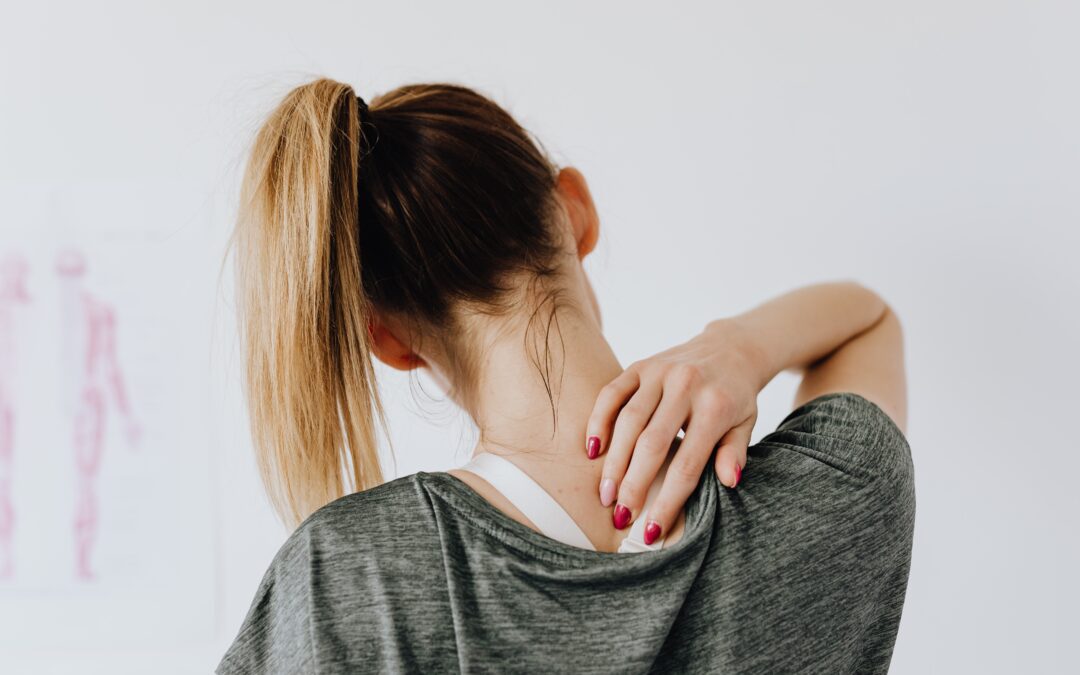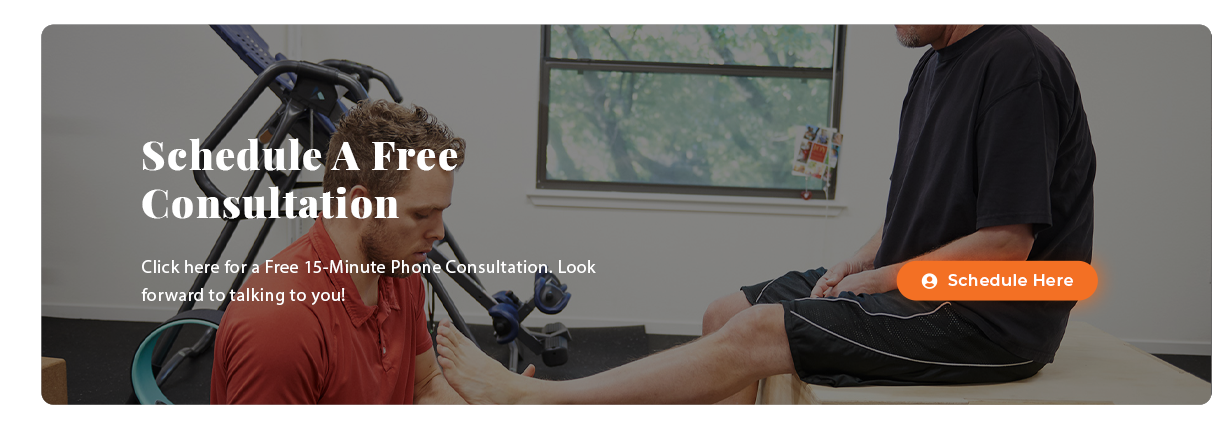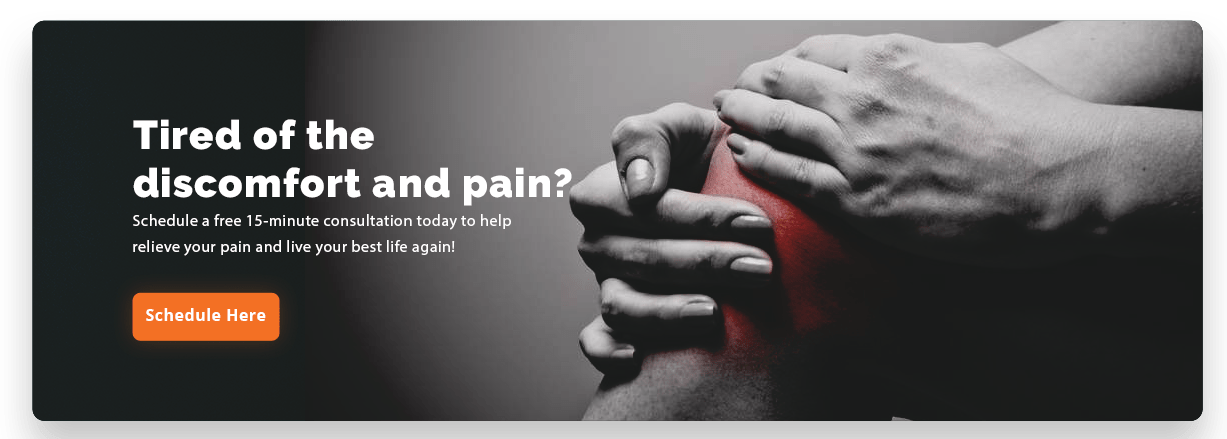“Has nobody noticed the embarrassing fact that science is about to clone a human being, but it still can’t cure the pain of a bad back?” – Marni Jackson
Back pain, and lower back pain in particular, plague approximately one third of all adults in the United States. In fact, according to a recent Harris Poll, nearly 3 out of 10 U.S. adults – about 72.3 million people – currently suffer from chronic low back pain. That’s more than the number of Americans who have arthritis, diabetes, or heart disease.
And we’re spending far more money than ever before to treat low back pain.
That’s according to a report from The Journal of the American Medical Association (JAMA), which found that Americans spend an estimated $380 billion every year treating spine and joint pain.
We spent just half of that 20 years ago. In addition, the routine use of MRI scans, narcotic painkillers, injections, and even invasive spine surgery have all increased significantly. Yet, despite all this, it appears that the percentage of adults with debilitating back problems has drastically increased over the past two decades, even after controlling for population aging.
In the words of NYU Professor John Sarno,
“There is probably no other medical condition which is treated in so many different ways and by such a variety of practitioners as back pain. Though the conclusion may be uncomfortable, the medical community must bear the responsibility for this, for it has been distressingly narrow in its approach to the problem.”
Some Common Causes of Lower Back Pain
Many people have experienced those occasional days when we “slept wrong” or lifted something heavy and suffer from some lingering, but temporary lower back pain, or LBP. However, while these instances may only last a day or so, there are other types of LBP that are recurring or ongoing.
Here are some of the more common causes of this type of lower back pain:
- Muscle or ligament strain: Straining of the muscles or ligaments that support the lower back can cause pain and stiffness. This can happen due to sudden movements, lifting heavy objects, or overuse.
- Herniated disc: A herniated or “slipped” disc occurs when the soft material inside a spinal disc pushes out through a crack in the outer layer and compresses a nerve. This can cause pain, numbness, and weakness in the lower back and legs.
- Spinal stenosis: Spinal stenosis is a condition in which the spaces within the spinal canal narrow, putting pressure on the nerves and causing pain, numbness, or weakness in the lower back, buttocks, and legs.
- Osteoarthritis: Osteoarthritis is a condition in which the protective cartilage that cushions the joints breaks down over time, leading to pain, stiffness, and inflammation. It can affect the joints in the lower back and contribute to lower back pain.
- Spondylolisthesis: Spondylolisthesis is a condition in which a vertebra in the spine slips out of place and onto the vertebra below it. This can cause lower back pain, stiffness, and nerve compression. It is most commonly caused by age-related wear and tear but can also result from a spinal fracture or birth defect.
It’s worth noting here that these are just some of the common causes of lower back pain, and there can be many other factors that contribute to the development of back pain.

Finding Lower Back Pain Relief with Physical Therapy
There is good news, however.
It has been shown that, for those suffering from chronic lower back pain, physical therapy can provide up to 60 percent improvement in lower back pain and other symptoms, according to several large-scale studies. Included among the commonly recommended primary and conservative physical treatment preferences are manual therapy, exercise, and superficial heat.
And according to the National Institutes of Health (NIH), the evidence-based primary care options are typically exercise, laser, massage, and spinal manipulation. However, evidence indicates that the latter three have small or transient effects that limit their value as therapies for chronic lower back pain.
All this being said, some still have doubts as to whether physical therapy can be an effective treatment for lower back pain relief.
Simply put, the primary aim of physical therapy treatment for lower back pain is to improve strength, flexibility, and range of motion while reducing pain and stiffness in the lower back. A physical therapist will typically assess the individual’s condition and develop a customized treatment plan. This plan may include exercises, manual therapy, and education on posture and body mechanics.
It is important to keep in mind that physical therapy alone should not be expected to “cure” back pain or resolve the underlying cause of lower back pain, although that can occur.
A Brief Look at the Efficacy of Physical Therapy for Lower Back Pain, or LBP
Here are some examples of evidence that support the effectiveness of physical therapy for lower back pain relief:
- A systematic review and meta-analysis published in the Annals of Internal Medicine in 2017 concluded that physical therapy was associated with significant improvements in pain and function for patients with chronic low back pain.
- A randomized controlled trial published in JAMA in 2017 found that physical therapy was as effective as surgery for treating lumbar spinal stenosis, a common cause of lower back pain in older adults.
- A randomized controlled trial published in the New England Journal of Medicine in 2020 compared physical therapy, medical management, and a combination of the two for patients with low back pain. The study found that physical therapy was associated with greater improvements in pain and function compared to medical management alone.
- A Cochrane review published in 2015 concluded that exercise therapy, which is often used in physical therapy, can be effective for reducing pain and improving function in patients with chronic low back pain.
The available evidence strongly suggests that physical therapy can be an effective treatment for lower back pain relief.
It is important to note that the success of physical therapy depends on a variety of factors, including the specific cause of the individual’s lower back pain and their adherence to the treatment plan. If you are suffering from ongoing or severe LBP, it is strongly recommended that you consult with a qualified healthcare professional before starting any new treatment.
Pain and Performance Solutions: Your Destination for Relief of Lower Back Pain
As we’ve noted here, lower back pain can result from a variety of causes. And, while self-treatment and exercises can work great for alleviating some types of lower back pain, recurring or chronic pain in the lumbar region often persists despite your own best efforts.
That’s when you should make your next step a visit to Pain and Performance Solutions.
Regardless of whether you’ve been suffering from back pain for a brief period of time or you’ve been experiencing ongoing pain for months or longer, we invite you to give us a call. Achieving relief from lower back pain begins once we’ve gained an in-depth understanding of when and how your pain began.
In fact, it is during your first appointment that we will work with you to learn about your present pain and symptoms as well as any other history of discomfort.
At Pain and Performance Solutions we specialize in bringing relief from chronic muscle pain with therapies such as Active Release Techniques® (ART®) and Anatomy in Motion (AiM). As we’ve noted here, that begins to happen once we understand where your pain started. And that can often mean it started previously with another injury you might have sustained.
So, don’t simply ignore your back pain and hope it will just go away. Let us help.
Contact us today at 707-636-4404 or book an appointment online to start your recovery process.


